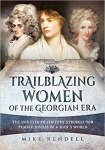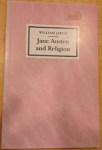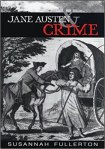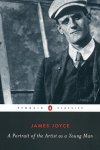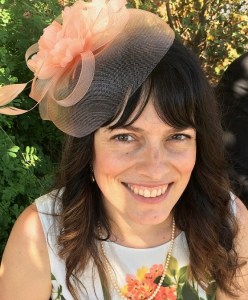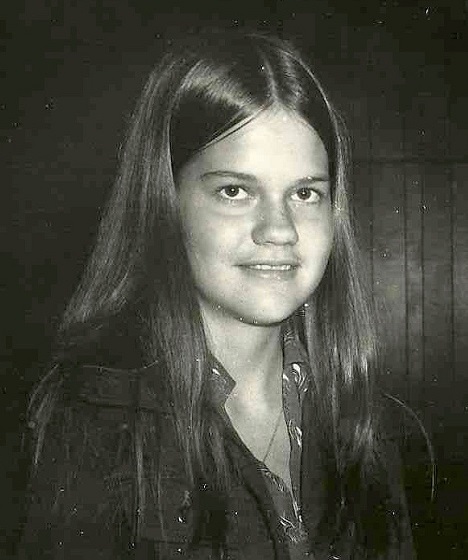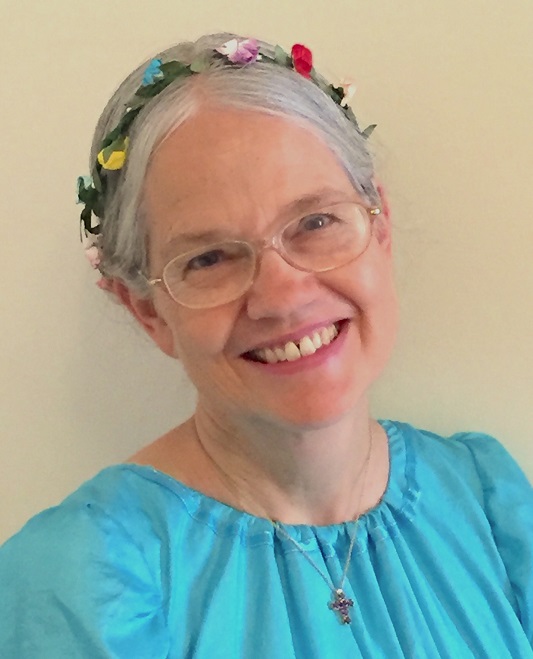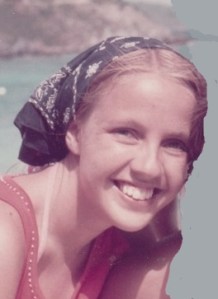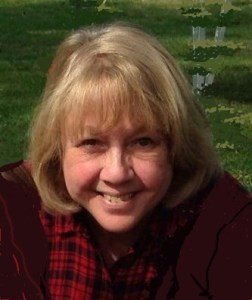 Gentle Readers:
Gentle Readers:
One of our blog’s writers, Brenda Cox, is introducing her book Fashionable Goodness: Christianity in Jane Austen’s England this week to the Jane Austen community. I am not only excited about its publication, but honored to be the first person on this tour to interview her.
Prior Praise:
“Finally! Fashionable Goodness is the Jane Austen reference book that’s been missing from the bookshelves of every Austen fan and scholar.”
— Rachel Dodge, bestselling author of Praying with Jane
“You will look at Mr. Collins, the Crawfords, the Dashwoods, the Tilneys, the Wickhams, and Willoughbys–and especially Fanny Price!–with new and surprising insights. Bravo to Brenda Cox for giving us this very accessible, illuminating take on the ‘fashionable goodness’ of Austen’s era!”
— Deborah Barnum, Jane Austen in Vermont
Vic: What prompted you to write Fashionable Goodness? Was your decision a quick one, or was your journey long and thoughtful?
Brenda: It was a long journey. I first intended, about ten years ago, to write a novel based on Sense and Sensibility. But I always want to get things “right,” so I began to research. I wanted to include the church and faith in the story, since those things are important to me and I knew they were important to Austen. I discovered some fascinating churches, with their own stories, on a visit to Bath. I got hold of all the relevant books and sources I could. As I learned more and more about the church in Austen’s England, my notes multiplied.
Finally, I realized that I needed a book about this topic, and it might benefit other readers as well. Therefore, I decided to put together a book that would bring together a wide range of information in one place. I wanted it to be accurate, affordable, and accessible for any reader. The book grew, I cut it back, grew, and I cut it back, multiple times. The text is easy for anyone to read, plus I have included resource lists and notes for scholars.
Eventually I shared it with friends, writers, and my wonderful editor, who all told me I needed to publish it. It’s been a journey of several years even from then. I am such a perfectionist that it’s hard for me to let go of the book and release it into the world, but I’m excited to see it become “real” at last!
Vic: How did researching and writing Fashionable Goodness give you insights about Jane Austen as a person and a writer?
I can see now how deeply Austen’s faith affected her life and novels. I can also now understand her references to the church and clergy. That gives even more depth to the stories and characters.
Vic: How did your research change your personal feelings towards Jane?
Brenda: I feel closer to her now, since I’ve spent so much time in her letters and books. I looked at many small details to gain a clearer picture of her values. I can understand and appreciate her views, even when they are not quite the same as mine.
Vic: Do you have any advice for authors who are thinking about self-publishing? What tools do they need? What support system would help them along?
Brenda: For myself, I spoke to a number of agents and publishers during my journey, and their input was helpful. Some really liked the book and wanted to read it when it came out. However, it didn’t fit into their “categories,” since it’s about literature, history, and religion, and the intersection of all three. Also the book is fairly long, but my editor and beta readers kept wanting me to add more rather than take things out! So finally I went with self-publishing, which gives me the freedom to publish something “outside of the box” and charge what I think is a reasonable price.
But, I made sure to do it right. I have been writing for publications for many years. I know the craft well, from books, courses, and workshops about writing. I attended writers’ conferences to learn and to network. I hired a professional editor: a Janeite I providentially met at an AGM, who has edited for major publishers. I got extensive feedback from other writers and from beta readers. I got very involved in JASNA and gave JASNA talks, which honed my information and showed me what Janeites wanted to know. And, in the book, I show extensive documentation (with many pages of endnotes and a long bibliography) for those who might wonder about a self-published work.
The mechanics of self-publishing are much easier than in the past; Amazon keeps honing the process. A friend recommended Vellum as a formatting program, which I found excellent and reasonably priced. Once you have a good, professionally written and edited book, getting it online is not difficult, if you are at all technically inclined. (If you are not, you can hire people to do that part.)
I am thankful that self-publishing has allowed me to get this book out into the world without the long lead time and higher prices of more traditional publishers. But I do encourage anyone considering self-publishing to get good help and make sure your work is done well.
Thank you, Brenda, for your thoughtful answers. You are the fourth writer I know who is self-published. While the journey is not easy, all feel such satisfaction in finding their hard work in print. I wish you all the luck in the world with this book!–Vic
 About the author, Brenda S. Cox:
About the author, Brenda S. Cox:
Brenda S. Cox has loved Jane Austen since she came across a copy of Emma as a young adult; she went out and bought a whole set of the novels as soon as she finished it! She has spent years researching the church in Austen’s England, visiting English churches and reading hundreds of books and articles, including many written by Austen’s contemporaries. She speaks at Jane Austen Society of North America meetings (incuding three AGMs) and writes for Persuasions On-Line (JASNA journal) and the websites Jane Austen’s World and her own Faith, Science, Joy, and Jane Austen.
Where to Buy:
Fashionable Goodness: Christianity in Jane Austen’s England is now available from Amazon and Jane Austen Books. International link: Amazon
Blog Tour Schedule
- Oct. 20 Jane Austen’s World, Vic Sanborn, Interview
- Oct. 21 My Jane Austen Book Club, Maria Grazia, Book Giveaway and Guest Post, “Sydney Smith, Anglican Clergyman and Proponent of Catholic Rights, Potential Model for Henry Tilney”
- Oct. 22 Clutching My Pearls, Lona Manning, Book Review
- Oct. 23 Jane Austen Daily on Facebook, Austen and Her Nephews Worship (1808)
- Oct. 25 Fashionable Goodness Book Excerpt and Giveaway, Jane Austen in Vermont, Deborah Barnum, Book Giveaway, Review, Excerpt from Chapter 1, and Interview
- Oct. 25 “Jane Austen and Fashionable Goodness,” History, Real Life and Faith, Michelle Ule, Book Review
- Oct. 27 Australasian Christian Writers, Donna Fletcher Crow, Guest Post, “Seven Things Historical Fiction Writers Should Know about the Church of England”
- Oct. 30 Regency History, Andrew Knowles, Book Review and Video Interview with the author
- Nov. 1 So Little Time, So Much to Read!, Candy Morton, Guest Post, “Women as Religious Leaders in Austen’s England”
- Nov. 2 Fashionable Goodness and Jane Austen’s Use of Faith Words, Austen Variations, Shannon Winslow, Interview and Review
- Nov. 3 Laura’s Reviews, Laura Gerold, Book Review
- Nov. 4 Jane Austen’s World, Rachel Dodge, Book Review and Book Giveaway
- Nov. 5 Kindred Spirit, Saved by Grace, Rachel Dodge, Book Review
- Nov. 7 The Authorized Version, Donna Fletcher Crow, Book Review and Excerpt
- Nov. 8 Inspired by Life and Fiction, Julie Klassen, Book Review and Guest Post, “Jane Austen at Church”
- Jan. 10 The Calico Critic, Laura Hartness, Book Review
